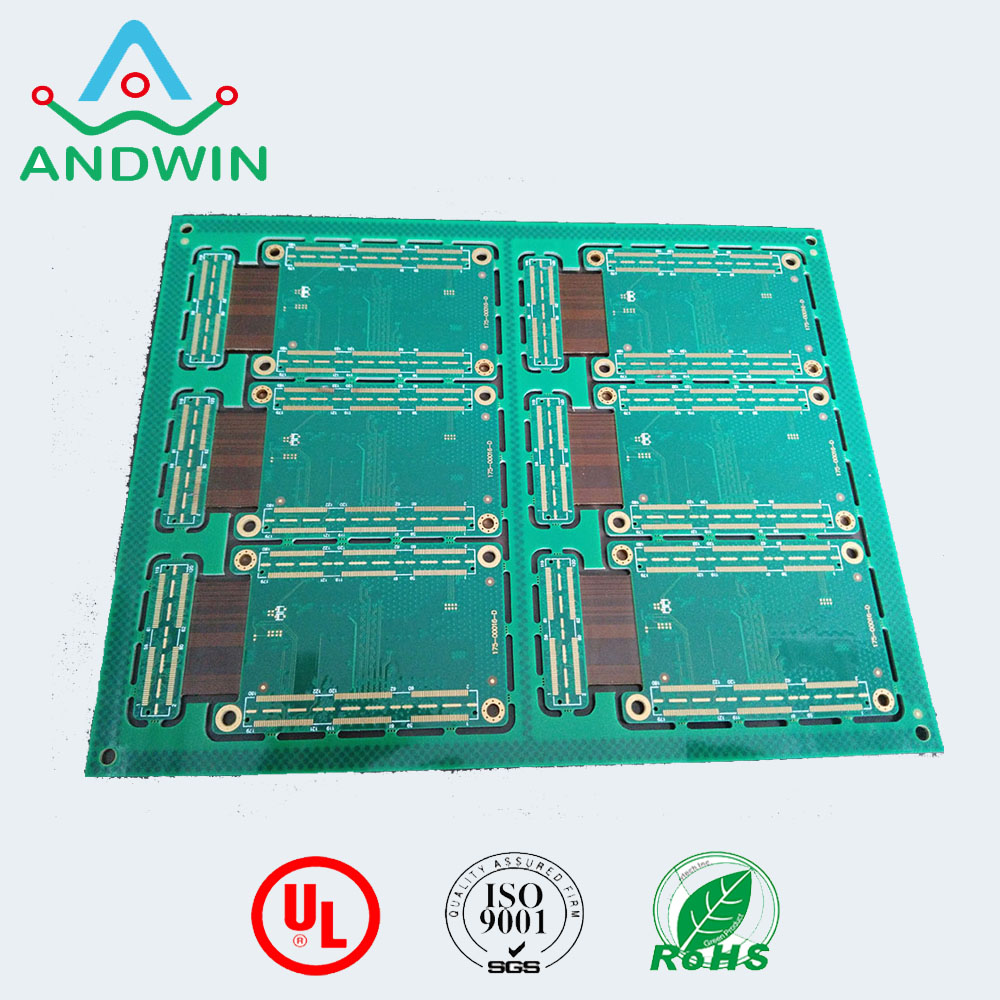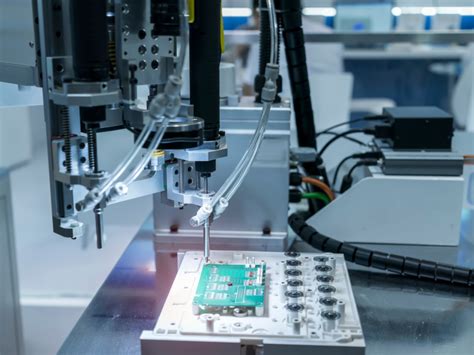Electronic Assembly & Manufacturing | Assembly Electronics
What is assembly electronics?
Assembly electronics refers to the process of assembling electronic components
onto a printed circuit board (PCB) or other substrate to create a functional electronic device.
This process involves the use of specialized equipment and techniques to solder, mount,
and connect various components such as resistors, capacitors, transistors, and integrated
circuits.
Assembly electronics can be done by hand or through automated processes, and
is a critical step in the manufacturing of electronic devices such as computers,
smartphones, and other consumer electronics.

How to choose assembly electronics?
Choosing assembly electronics involves several factors that need to be considered to ensure that the electronic device is assembled correctly and functions properly.
Here are some factors to consider when choosing assembly electronics:
1. Type of components: Consider the type of components that need to be assembled,
such as surface mount technology (SMT) or through-hole components.
Choose an assembly electronics provider that has experience in working with the
type of components that you need.
2. Volume of production: Consider the volume of production that you need.
If you need a high volume of electronic devices, then choose an assembly electronics
provider that has the capacity to handle large volumes of production.
3. Quality standards: Consider the quality standards that you need to meet.
Choose an assembly electronics provider that has a proven track record of meeting
quality standards, such as ISO 9001 or IPC-A-610.

4. Cost: Consider the cost of assembly electronics. Choose an assembly electronics
provider that offers competitive pricing while maintaining quality standards.
5. Lead time: Consider the lead time that you need for the assembly of your electronic
device. Choose an assembly electronics provider that can meet your required lead time.
6. Technical expertise: Consider the technical expertise of the assembly electronics provider.
Choose an assembly electronics provider that has a team of experienced engineers
and technicians who can provide technical support and guidance throughout the
assembly process.
By considering these factors, you can choose the right assembly electronics provider
that can meet your requirements and ensure that your electronic device is assembled
correctly and functions properly.

why someone might choose assembly electronics:
1. High level of control: Assembly language provides a high level of control over
the hardware, allowing programmers to write code that is optimized for specific
hardware configurations.
2. Efficiency: Assembly language is often faster and more efficient than higher-level
programming languages because it is closer to the machine code that the computer executes.
3. Low-level programming: Assembly language is a low-level programming
language, which means that it is closer to the hardware than higher-level programming languages.
This makes it ideal for programming embedded systems and other low-level applications.
4. Small code size: Assembly language programs are often smaller than programs written
in higher-level programming languages because they do not require as many
instructions to accomplish the same task.
5. Real-time applications: Assembly language is often used in real-time applications
because it can respond quickly to changes in the environment.







